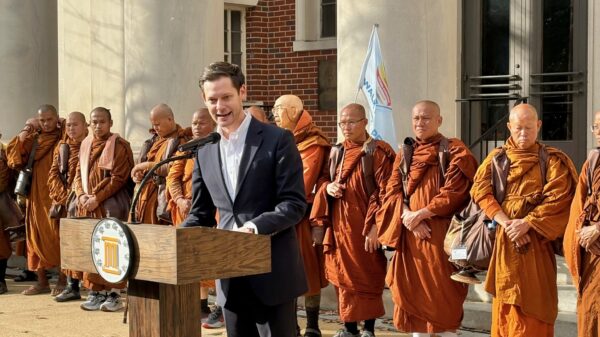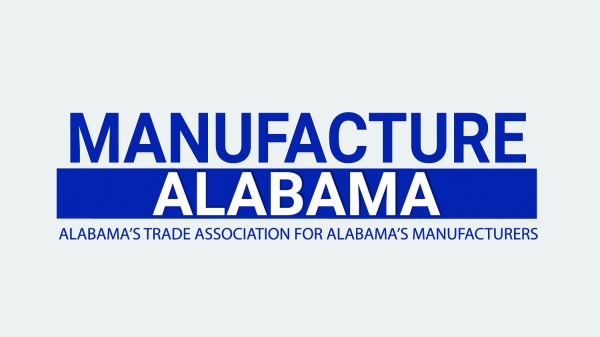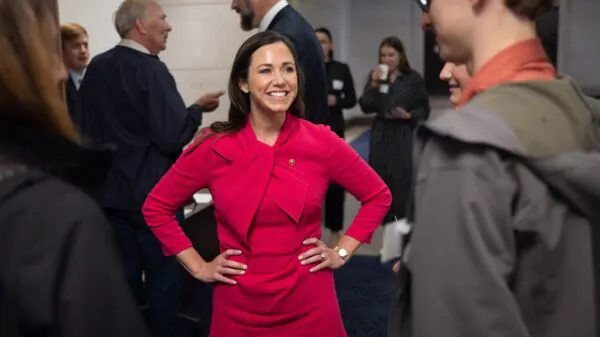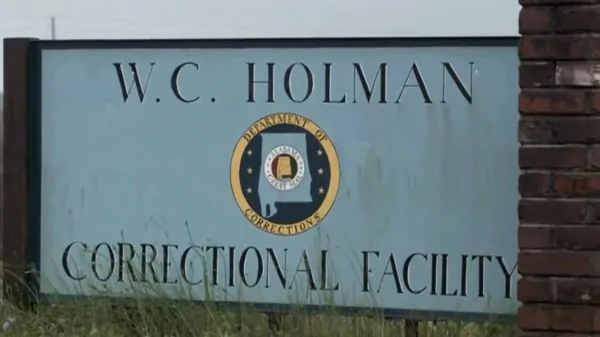By Katherine Green Robertson
On Wednesday, the U.S. Supreme Court denied certiorari in the case of Lynch v. Alabama, which simply means the Court refused to overturn the decision of the federal judge in Birmingham and the 11th Circuit Court of Appeals in Atlanta. Filed in 2011 by plaintiffs representing public schoolchildren in Lawrence and Sumter counties, the lawsuit sought to nullify provisions of Alabama’s Constitution related to property taxes. The plaintiffs argued that the property tax structure was originally designed with the intent to discriminate against predominantly black school districts, such as the ones in these two counties, and should therefore be declared unconstitutional.
The plaintiffs argument centered on two particular elements of Alabama’s property tax structure-the classes of property and the caps on millage. Alabama’s property tax system is divided into four classes each having a specified assessment ratio: private passenger automobiles used only for private use (Class IV- 15% assessment); all agriculture, forest, and single family owner occupied residential property (Class III- 10% assessment); all property not otherwise classified (Class II- 20% assessment); and property of utilities used for utility business (Class I- 30% assessment). The ratios mean that these classes of properties are not taxed at their total fair market value, but only on the percentage of value assigned to the class. As was noted by an expert witness for the State, similar classification systems are used by a large number of states in the country.
Sections 214-216 of the Alabama Constitution place a cap on the property tax rate (the millage) that the legislature, counties, and localities can levy. Local school systems are permitted to levy up to an aggregate of 15.0 mills in property taxes for educational purposes, through a combination of county and school district taxes. Increasing property taxes up to this maximum is done only through referendum by voters in the county. One of most striking points made by the 11th Circuit is that voters in the two counties represented by the plaintiffs have repeatedly “rejected various proposals to increase property taxes.” Thus, both counties already tax property below the approved maximum. Knowing this, the plaintiffs sought to use the courts to force an outcome that the local citizenry did not prioritize. While the plaintiffs claimed that caps on millage “crippled” the schools from raising revenue, their frustration should really be directed towards the voters in their own counties.
The plaintiffs sought to have the court declare both the property tax classes and the caps unconstitutional under the premise that these constitutional amendments were adopted in a time of racial turmoil in Alabama’s history and were therefore passed with the intention of discriminating against black schools. In other words, because land and timber owners pay a lower property tax rate than ordinary property owners, schools in rural counties with large, privately-held tracts of land receive few property tax dollars, leading to worse outcomes for their students.
Plaintiffs and other opponents of Alabama’s property tax structure maintain that the class III assessment ratio serves to benefit wealthy land and timber owners to the detriment of their low-income neighbors. This overlooks the fact that residential property is in this same class. In a predominantly black county like Sumter, it can be reasonably assumed that minority landowners fully benefit from this reduced taxation. Furthermore, even if there were no minority landowners in Sumter County, it cannot be reasonably argued that white people alone voted down past increases when the county is 75% black. The inverse would be true in Lawrence County.
There is a reason that Alabama has one of the nation’s lowest property tax burden- citizens have shown their preference for a low property tax burden by repeatedly rejecting increases, no different than voters in Lawrence and Sumter counties have. Property owners oppose increases either because they can’t afford to pay more or because they are not convinced that the local school district will use the increased funds efficiently or in ways that will actually benefit the students-or both. A community’s willingness to pay higher taxes for the benefit of their schools is directly tied to the citizens’ level of engagement and involvement in the schools. Increased funding without this engagement is rarely going to solve an underperforming school’s woes. If the plaintiffs’ suit had been successful, provisions of the tax structure highly valued by the landowners of their counties would have been disposed of without any semblance of a guarantee that their schools would improve in return.
Katherine Robertson is vice president for the Alabama Policy Institute (API), an independent non-partisan, non-profit research and education organization dedicated to the preservation of free markets, limited government and strong families.













































